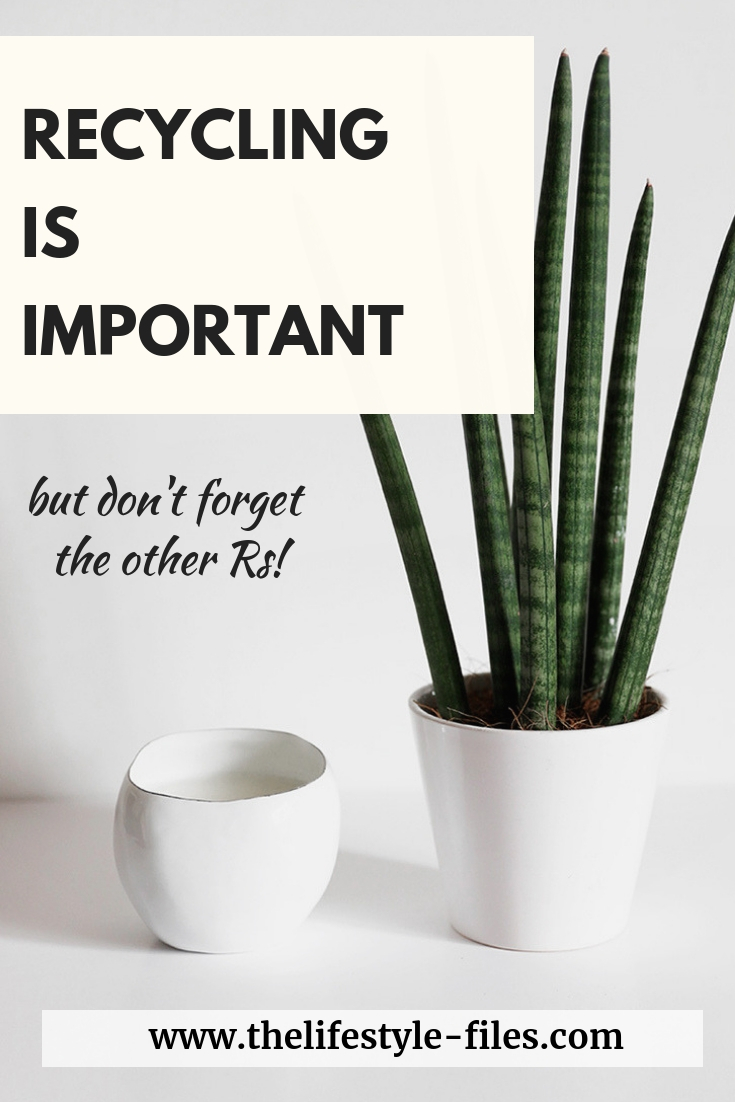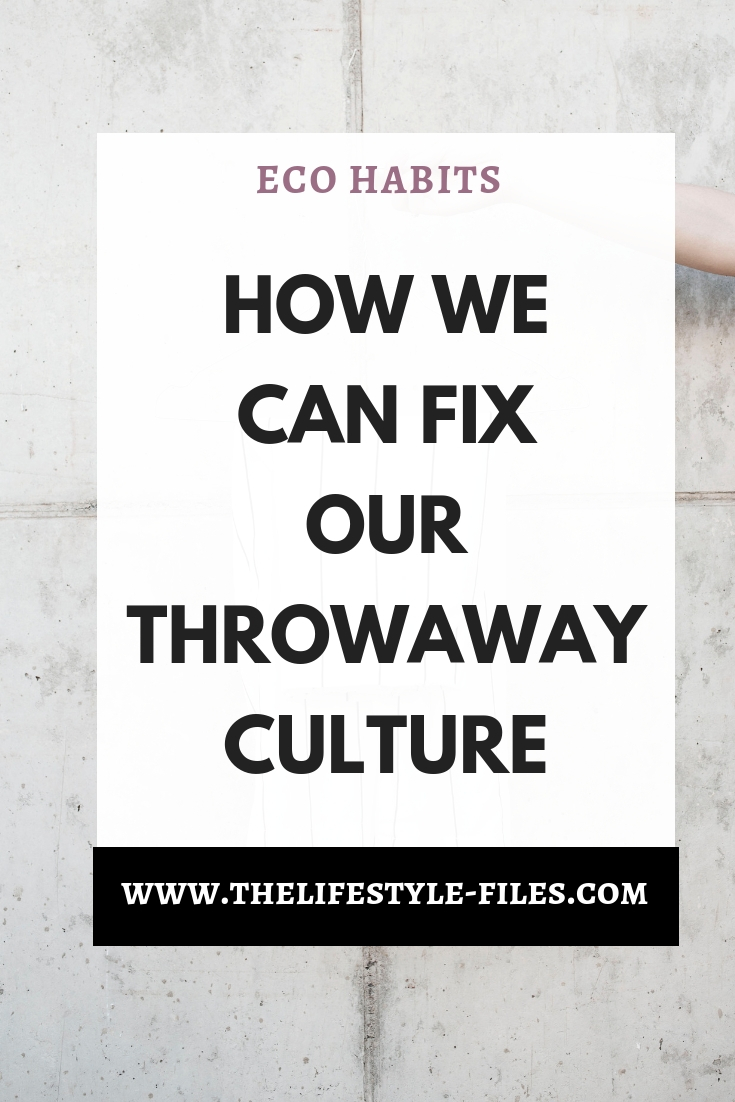
Mornings are my favorite time of the day. I love the crisp morning air during the winter and the soft lights and warm, balmy mornings in the summer. I’m very particular about my slow morning routine from the way I get up and stretch, through the first cup of coffee and reading time, to what I eat for breakfast.
So, a couple of weeks ago, when I woke up and wanted to start my usual routine by switching on my essential oil diffuser and it remained shockingly unresponsive, I was very bummed. Not only was my morning ruined (a tad dramatic, I know), my whole day looked quite sad as I pretty much have my diffuser on throughout the whole day.
My diffuser clearly hasn’t realized its importance for my mood and productivity and refused to come back to life. I had no idea what happened to it: it wasn’t particularly old (I got it about 2 years ago), I regularly cleaned it, and I didn’t accidentally put the electric part into water (which I sadly did with my air purifier, resulting in total, irreparable damage).
Desperate to fix the problem ASAP, I went online and started researching diffusers, thinking I can order something almost immediately. I was even a little bit excited about the possibility of upgrading. While I loved the simplicity of my little gadget, I came across some really cool styles I could imagine in my home.
At this point, and based on my title, you should already know what the sad moral of this story is: the possibility of repairing the damaged diffuser wasn’t the first idea that popped into my mind. I’d like to think I redeemed myself by actually researching a place and having it repaired in the end, but this doesn’t change the fact that this was not an automatic reaction.
In a lot of ways, we became a single-use society. We got so used to the comfort (and privilege) of buying new if something is damaged, we do not really stop anymore to make an effort to have the problem fixed.
I think I’m somewhere in the middle in the guilty scale. I never throw out clothes or shoes if they are ripped or the sole breaks, I, of course, take them to a seamstress or shoemaker. But I’m admittedly a lot more careless when it comes to everyday objects and technological gadgets, especially if the warranty is not valid anymore.
I cannot say that the individual customer is the only one to blame, though. Fast consumption trends resulted in a drop of quality as well. Often, the focus is not on creating good quality, durable objects, because it’s become the norm to replace items every few years. When I was a child, my parents used household equipment for long, long years. Some of the stuff ended up in my brother’s and my apartment when we moved out, thus it basically worked for decades. I often raided my Mum’s closet and wore items she had from her youth. I wonder which one of my possessions will live to meet my future children.
Related: How old are your clothes actually?
Another related issue is that it’s getting increasingly difficult to find experts who can actually repair stuff. And even if you find someone, the price is sometimes shockingly steep. It happened to me previously that I actually had to buy something new, because repairing something would have been much more expensive.
I hope this trend can change – I definitely see positive signs. I’m happy that recycling has become a mainstream concept, and it’s definitely an essential thing to do for sustainability, but it’s equally important that other Rs are also gaining traction, like rethink, repair, and reuse.
There are vibrant online communities who focus on fixing and repairing things and break up with this throwaway mentality. iFixit publishes repair manuals and guides teaching people to fix almost anything. More than 1600 Repair Cafés have been established across the world in the last 9 years, where people meet and help each other fix things. The Restart Project is also throwing fixing parties and offer a database of trustworthy repair places. There are hundreds of tutorials and classes on YouTube, Skillshare, and Instructables where we can learn tricks and tips to fix things.
Eileen Fisher takes back damaged clothes and gives them new life by mending, repairing, dying, and then reselling them. Patagonia has launched Worn Wear Tours, where they offer free repair in their repair trucks. It seems that fixing things are slowly becoming fashionable.
I find this repair movement uplifting and very inspiring. After all, this is where true sustainability lies – extending the lifespan of objects, appreciating quality, and reducing waste and environmental burdens.
If this diffuser fiasco taught me anything is that it’s definitely worth going the extra mile sometimes.





